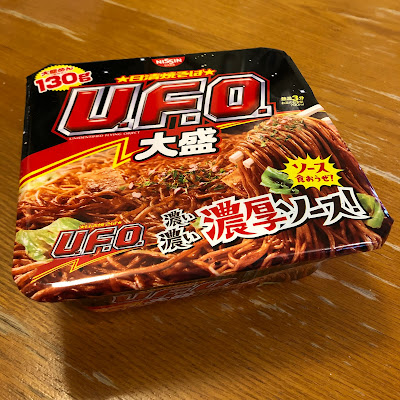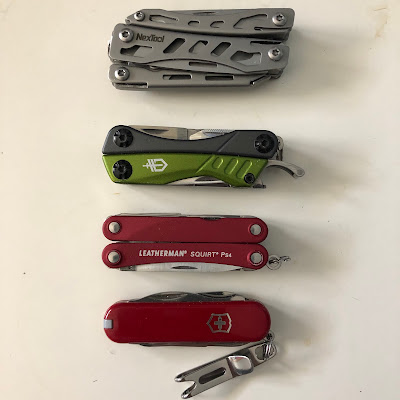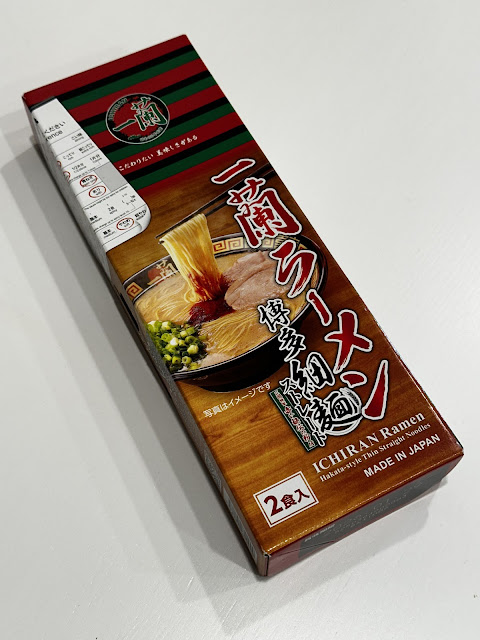Seven Lucky Gods Pilgrimage in Meguro - Buddhism and Shinto in Historic Tokyo
Tokyo is a ton of fun to visit. There's high tech wonders, plenty of shopping, and great dining. It is an old city that rapidly grew in the Edo Period as Edo, the capital city of Japan. The city was razed to the ground by earthquakes and great fires, and was even firebombed in WWII. Every time, the city was rebuilt. This doesn't mean there isn't a lot of history here, but much of it is tucked away in quieter corners, not on the tourist trail. For history and a dash of culture, most visitors see the National Museum with its great artifacts, the Tokyo-Edo museum, Shitamachi Museum, Imperial Palace East Gardens, visit old Yanaka, and experience Sensoji Temple and Meiji Shrine. There are many shrines and temples to visit too such as Kanda Myojin or Kameido Tenjin, and if your timing is right, you can catch a festival or different blooms in season.
 |
| Seven Gods of Good Fortune by Katsushika Hokusai. CC0 from The Metropolitan Museum of Art |
These are all great places for culture and history, but they can be busy places. How about a mini-pilgrimage in Tokyo that isn't too strenuous, has fewer tourists, and you get to see some remarkable temples and shrines? Back in the Edo period, Tokyo was a bustling city, but there were many areas that were more rural or less densely populated. You could still see hills and look over the landscape from the top of them. Take Atago Shrine with its steep steps and the legend of success if you can ride a horse down them. Atago shrine doesn't see much nowdays as there are so many tall building in the area.
To get a bit of a feel for an older Edo - pre-Tokyo, try the Seven Lucky Gods Pilgrimage in Meguro. Its more low key, with plenty of houses and urban build-up, but you get a sense of an older city along the route. Back in the day, this would have been a bit of a tourist route too, so you are walking in the footsteps of history!
What are the Seven Lucky Gods?
These deities are a group celebrated across Japan, with their origins in Buddhism and Taoism, except for Ebisu who is Shinto.
Ebisu: God of prosperity, fishermen, and tradesmen.
Bishamonten: God of war and defender against evil.
Fukurokuju: God of wisdom, luck, and longevity.
Daikokuten: God of agriculture, trade, and wealth.
Hotei: God of children and joy, sometimes associated with merchants and teachers.
Benzaiten: Goddess of the arts, beauty, and water.
Jurōjin: God of longevity and good health.
These gods can be found at other temples and shrines too, but not usually all at one place. For example, Kanda Myōjin Shrine enshrines just two of the deities: Daikokuten and Ebisu. During the Muromachi period (1336–1573),
Why Buddhism Embraced the Seven Gods
Before Buddhism arrived in the 6th century CE, Shinto was Japan’s only religion. Over time, Shinto harmonized / syncretized with more prominent Buddhist and Confucian thought, with shrines and temples often sharing space or leadership. The government encouraged this blend to guide society, even creating a department to oversee religious affairs. Shinto lacked complex teachings, so Japanese philosophy leaned on Buddhism and Confucianism. Monk Tenkai promoted the Seven Lucky Gods—a mix of Shinto, Buddhist, and Taoist figures—as a way to unify beliefs and offer a relatable, symbolic path for both commoners and elites
So who are these gods in detail?
Buddhist-Origin Deities
1. Daikokuten (大黒天)Role: Transformed in Japan into a cheerful god of wealth and agriculture
Symbol: Magic mallet, rice bales
Origin: Based on Sarasvati, a Hindu goddess absorbed into Mahayana Buddhism
Role: Goddess of music, beauty, and eloquence
Symbol: Biwa (Japanese lute)
Origin: Derived from Vaiśravaṇa, guardian of the north in Buddhist cosmology
Role: God of warriors and protector against evil
Symbol: Pagoda, spear
Origin: Based on a real Chinese Zen monk, later deified in Chan/Zen Buddhism
Role: God of abundance and joy
Symbol: Cloth sack, fan
Taoist-Buddhist Syncretism Deities
5. Fukurokuju (福禄寿)Origin: Chinese Taoist immortal, later absorbed into Buddhist temples
Role: God of wisdom, longevity, and happiness
Symbol: Long forehead, crane, scroll
Role: God of scholarly wisdom and long life
Symbol: Staff, deer
Origin: Native Japanese god, possibly linked to Hiruko, son of Izanagi and Izanami
Role: Patron of fishermen and merchants
Symbol: Sea bream, fishing rod
History of Meguro and the 7 Lucky Gods Pilgrimage
The district of Meguro actually gets its name from Meguro Fudoson, which means Black-eyed Fudo. This fudo is a statue of Fudo Myoo (不動明王), the most prominent and important individual within the Myōō category. His name means "The Immovable (Fudo) Wisdom King (Myoo)." Myōō (明王), is a general class of deities that means "Wisdom King". This group includes all the fierce, wrathful, protective emanations of the Buddhas. The statue of Fudo Myoo is at Ryusenji Temple.
 |
| An example of a Fudo Myoo. |
The tradition of the Seven Lucky Gods pilgrimage became popular among the people of Edo as early as the end of the 18th century during the Edo Period (1603-1868). It was known as the Yamanote Shichifukujin Meguri, and is one of the earliest examples of these pilgrimage routes in the region.
Meguro Shichifukujin Walking Tour Overview
Some walk pics can be found here.
 |
| 7 Lucky Gods on Treasure Ship (New Years) |
 |
| Kakurinji / CC BY 2.5 Unmodified / 663highland |
 |
| Zuishoji / CC BY-SA 4.0 Unmodified / 江戸村のとくぞう |
.jpg) |
| Daienji Arhat / CC BY 2.0 Unmodified / Guilhem Vellut |
 |
| Ryusenji / CC BY-SA 3.0 Unmodified / Tak1701d |
 |
| Meguro Fudoson / Ryusenji by Kuniyoshi The Landmarks of Edo in Color Woodblock Prints, National Diet Library, Japan |
More About Ryusenji
- Tokko no Taki (Tokko Waterfall): A waterfall used for ritual cold-water ablutions.
- Graves: It is the burial site of the famous romantic couple Hirai Gonpachi and Komurasaki, whose story is featured in Kabuki plays. It also holds the grave of Aoki Konyō, a Confucian scholar who popularized sweet potato cultivation in Japan, leading to an annual sweet potato festival at the temple.
- Aizen Myo-o: A deity believed to bring blessings for love.
- Fukuju Inari Jinja (福壽稲荷神社): Located near the Benten Pond and the area containing the three Gods of Fortune.
- Toyokawa Inari (豊川稲荷): Also located in the Benten Pond area of the temple grounds.
- Sannō Torii (山王鳥居): The stone torii (Shinto gate) is a prominent feature on the path leading up to the main Buddhist hall of Ryusenji.


















Comments
Post a Comment